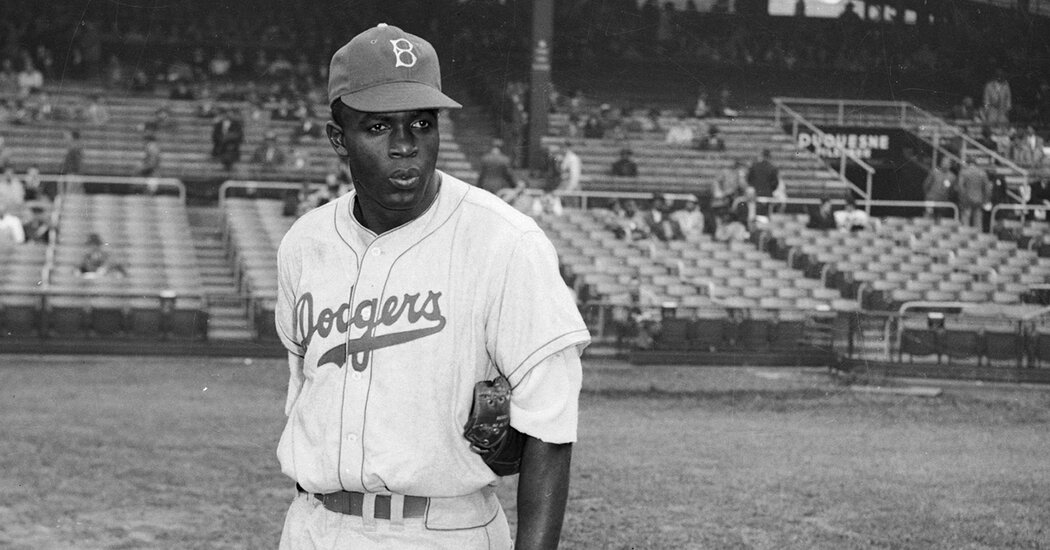
Such accounting will be essential to the new exhibit, and with more than 150 years of history to review it is a massive undertaking. Glanville said he preferred the term exploratory to advisory, because there is so much still to learn about the Black experience in baseball, so much that continues to evolve.
“There’s still a common thread, even in 2022,” Glanville said. “Pioneering efforts, whether it’s Ketanji Jackson, whatever — there’s a lot of barbed wire, there’s a lot of pain, there’s a lot of familiarity to some of the hurdles that Robinson faced.
“And at the same time, there’s a lot to celebrate, a lot of hope. Because when you are a first and you are opening certain doors, you see possibilities. You see the chance to bring everybody with you through the best of what we profess to celebrate — at least foundationally — of equality and what our country was founded on.”
Rawitch said the exhibit would have a digital and traveling component for those who cannot get to Cooperstown. It will highlight not just hardship, as Glanville suggested, but also the ways that the Black experience has enriched and enlivened baseball — a useful reminder as the sport seeks to increase Black participation numbers in the majors that have fallen sharply since their peak in the 1980s.
That was Winfield’s prime, and he said he hopes the display will feature video of stars like Griffey and Bo Jackson — and, yes, himself — climbing walls that seemed unscalable, of Rickey Henderson stealing bases at rates unheard-of today, of Dave Parker rounding the bases with a flair all his own.
“Speed, style, power — just a unique style of play,” Winfield said. “You tell people what a lot of these players accomplished, it’s almost incomprehensible.”
That is the Hall of Fame’s mission, reflected again in its newest project: to make the incomprehensible come to life, to contextualize and glorify the game-changers. Jackie Robinson is just one of many.




